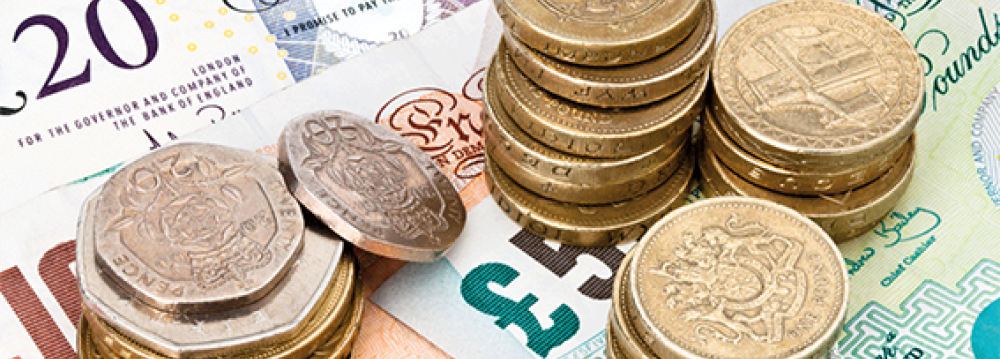Sterling hit a three-year low against the euro and a one-month trough against the dollar, on expectations that poor economic data will lead the Bank of England to ease monetary policy again in the coming months.
The 10-year gilt yield hit a record low while data on Friday showed the construction sector contracting in June, as expected, as activity slowed before the June 23 referendum on the European Union. On Thursday, more signs of weakness in Britain’s housing market had pushed sterling down, Reuters reported.
Sterling, which has fallen since the Bank of England announced a package of policy easing last week, fell 0.1% at $1.29, its lowest since July 11. Sterling had conceded the dubious honor of being the biggest loser among 32 major currencies.
It had risen to above $1.30 after weak US data weighed on the dollar earlier in the afternoon session in London, but those gains turned out to be temporary.
The euro was 0.5% higher at 86.47 pence, its highest in three years, rising above the July high of 86.29 pence, a move traders said was bullish for the single currency in the near term.
“The short-term outlook remains positive for the euro/sterling pair,” said Sakis Paraskevov, senior analyst at IronFX Global. “A decisive break above the 87.30 barrier is possible to carry larger bullish extensions and perhaps target the 87.30 territory.”
Traders said sterling would head lower if the divergence in monetary policy between the Federal Reserve and BoE becomes more entrenched. While the Fed is still expected to raise interest rates, the BoE cut rates to record levels last week and announced a slew of new bond buying.
“The heightened expectations over the Bank of England cutting UK rates to near zero to reclaim economic stability has caused sterling vulnerability to become a recurrent theme in the currency markets,” said Lukman Otunuga, analyst at FXTM.
Gilt yields, down sharply this week and hitting record lows as the BoE revived its bond-buying program, were lower after the weak US data. The 10-year gilt yield hit a record low of 0.507% after the US data.
Nevertheless, the gap between the 10-year US Treasury and its UK counterpart was near its highest since July 2000, reflecting contrasting outlooks in monetary policy between the Fed and Bank of England.


